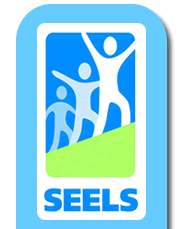

A National Profile of Classroom Experiences and Academic Performance of Students with Learning Disabilities
This special topic report shows that although learning disabilities are the largest category of students served under IDEA. National data on this population show that these students are highly heterogeneous in their characteristics, educational programming, and performance.
This report found consistent differences between students with LD who differ with respect to the instructional setting for this critical subject. For example, nearly a quarter of students with LD in special education settings for language arts instruction are identified for special education services at or under age 5, whereas only 2% of students in general education language arts settings were identified so early; more than half of the latter group received first services at age 8 or older.
The longitudinal design of SEELS allows for tracking student progress over time. Students with LD did improve over time as evidenced by increases in their oral reading fluency rates. However, on standardized tests of achievement, they did not close the gap with the general student population in either reading comprehension or mathematics.
Students with LD represent an important segment of the student population, whose outcomes must improve if the challenges of NCLB are to be met. For some students with LD, modest improvements in performance may help them achieve proficiency. For others, considerably more progress will be required. The findings in this report demonstrate that much work remains to be done and serve as a reminder that established best practices need to be more widely implemented and that new interventions are required for students with LD to benefit from their educational services.
You can download the full report in PDF Format. Click here to get Acrobat Reader.
Format:


